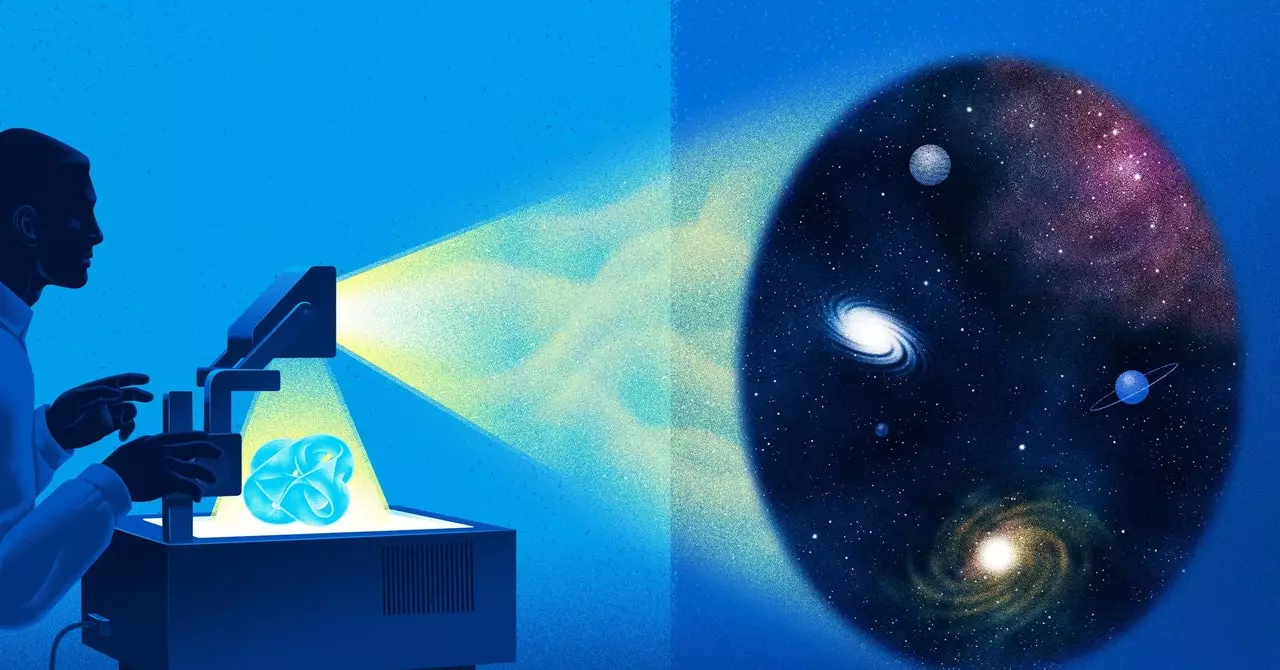String theory has long been considered one of the most promising frameworks for understanding the fundamental particles and forces of the universe. Recent advancements in machine learning have opened up new avenues for researchers to explore the complex mathematical landscapes of string theory. A group of scientists, led by Burt Ovrut and Andre Lukas, used neural networks to analyze Calabi-Yau manifolds in ways that were previously impossible. By incorporating machine learning algorithms, they were able to calculate particle masses and couplings with unprecedented accuracy.
Pushing the Boundaries
The use of neural networks in string theory represents a significant step forward in our quest to uncover the mysteries of the universe. Traditional methods were limited in their ability to handle the intricate calculations required to study complex geometries. However, by harnessing the power of machine learning, researchers were able to navigate the highly-dimensional spaces of Calabi-Yau manifolds with greater ease and efficiency.
While the results obtained by Ovrut, Lukas, and their team are groundbreaking, there are still challenges that must be overcome. Neural networks struggle with more intricate manifolds, requiring researchers to develop more sophisticated algorithms to handle the complexity of string theory calculations. Additionally, the vast number of possible solutions within string theory presents a daunting task for physicists seeking to match theoretical predictions with real-world observations.
In order to streamline the search for viable string theory solutions, researchers are exploring ways to identify common patterns across different manifolds. By analyzing thousands of Calabi-Yau geometries, scientists hope to uncover principles that can guide them towards models that align with the known properties of our universe. This process of pattern recognition and data analysis will be crucial in narrowing down the vast array of possible string theory solutions.
While some theorists, like Thomas Van Riet, advocate for a broader approach that focuses on identifying universal features of string theory solutions, others, like Renate Loll, believe that delving into individual manifolds is essential for making progress in the field. These differing perspectives highlight the diverse approaches within the string theory community and underscore the complexity of the challenges that lie ahead.
As researchers continue to explore the intersection of machine learning and string theory, new opportunities for discovery and innovation are sure to arise. The ongoing quest to uncover the underlying principles that govern our universe will require a combination of theoretical insight, computational tools, and experimental data. By pushing the boundaries of what is possible with modern technology, scientists are poised to unlock the secrets of the cosmos in ways that were once considered unimaginable.


Leave a Reply